Battlestar Galactica: Deadlock released all the way back in 2017, and since then it has received a series of updates in the form of both free patches and paid DLC. Developed by Black Lab Games, and published by prolific strategy game outfit Slitherine, Deadlock exceeded my own expectations by a great deal. I feared it would be a low budget, overly simple strategy game trying to cash in on the BSG name. But no, it was really quite good and I enjoyed it a lot, as you can see from my original review. Deadlock had not just a solid tactical layer with tense, WEGO space combat, it also had an immersive strategic layer that tied all the battles together. The only thing you could really knock the base game for was that it was a little light on content. The core was good, but there were only so many missions, and only so many ships to play with. We've now had a string of DLC and updates released to solve that issue.
The first major DLC for Deadlock is the one that is a must have in my opinion. It integrates all of its new content smoothly into the existing campaign, making for a richer overall experience. This DLC features an 8 mission story campaign which you play alongside the normal story missions. Anyone who has watched BSG knows that politics plays a central role in the story and drives a great deal of internal conflict for the humans. The Twelve Colonies of Man rarely agree about anything, even in the midst of a war. The Broken Alliance campaign, as the name suggests, focuses on the internal strife and intrigue which plagues humanity throughout the First Cylon War.
The Broken Alliance also adds four more new ships (two for each side) and a new squadron type for each side. The new ships add even more tactical options to the game. The Celestra resupply ship, for example, has little firepower potential on its own, but it can provide extra ammo for other ships mid-battle. Even more helpful is its ability to repair a section of armor on a friendly ship in combat. Each ship has separate armor sections for each side, top, and bottom. Lose a section of armor and now that ship becomes less useful, as you can't risk exposing an unarmored section for long. With the Celestra around you can patch things up and get a warship back in the fight. You can even use this offensively, hardening the nose of a Battlestar as it goes head on against an enemy group.
Endurance Update
Around the same time as the Broken Alliance came out, the game received a big free patch. This patch did some balancing, made the UI better, and generally polished the game. The best new feature was adding persistent damage to ships between battles, and visibly showing battle scars on ships after they took some hits. The persistent damage adds another layer of strategy to the game, as now you must spend resources to get ships back to full health. This seems like something that should have been in the game from the start, but I'm glad they added it in as a free update.
Anabasis
The next DLC for the game added an entire new mode, which was initially received with mixed opinions, but has since been balanced and polished a bit to make for a better experience. The new mode Operation Anabasis tells the story of a colonial fleet sent out on a deep strike mission against a Cylon base. Things go topsy-turvy as usual, and the fleet must flee back to Caprica, Cylons in hot pursuit the entire way. These mode obviously draws directly on the plot of the BSG show, in a good way. Your fleet starts out strong, but includes many civilian ships you must try to protect through battle after battle. You can repair your ships if they survive a fight, but that's about it. Each jump brings with it a random new set of bonuses and penalties to deal with. Your final performance is measured by how many ships you get back to Caprica safely, if you get there at all. While the mode is standalone, it does feature characters from the main storyline, and ties in with the overall plot of "Season One."
While the new survival mode is separate from the main campaign gameplay, the new DLC includes plenty of new content for it. Several new types of munitions are available that are far more interesting than the standard missiles and rockets of the base game. The EMP Generator lets you pull off that Star Trek-esque move from the BSG pilot, in which a ship winds up its generators to release an electromagnetic pulse, which damages any Cylons venturing too near. The Cylons also get some new toys, so watch out!
Another addition from this DLC is a dozen new types of side missions that can pop up during a regular campaign. These aren't just new maps (though there are new maps), but completely new types of objectives to accomplish.
Sin and Sacrifice
The just released, final DLC of Season One. Sin and Sacrifice extends the story of Deadlock beyond the conclusion of the original campaign and the Anabasis mission. The Cylons have been beaten back, but of course the big bad is still out there, ready to launch a fresh attack on the twelve colonies. You can either jump straight to this campaign with a pre-built late game fleet, or carry over your own fleets from the base campaign. I didn't have enough time to make it through the entire campaign just yet, but what I've seen so far is great stuff. Big battles between late game bruisers are the order of the day. There is plenty of new variety in what you are trying to do each mission as well, besides blowing apart as many toasters as you can, as usual. The two new ships added to the game reflect this idea. The humans get the Heracles, a new heavy offensive ship that is literally covered in gun turrets. It doesn't get any munition slots, but it can blast away at an entire Cylon fleet all at once. The Cylons get a new fighter support ship, which can repair their fighter squadrons mid battle and boost their performance. That's nothing to sneeze at when late game fleets are hauling around a half-dozen or more fighter squadrons at the least.
The other big, really cool addition to the game that Sin and Sacrifice brings is additional radio chatter. Previously, your ships had little voice lines announcing important things like missiles being launched or ships taking hull damage, but there were only so many of them, and they always sounded the same. Now, however, a ton (1100+ in fact) of great bits of radio chatter have been added into the background of a fight. You'll here plenty of utterances of "Frakkers!" and "Blast those toasters!" and every thing else you would expect from the BSG world. This adds so much flavor to the game and really increases the immersion as you watch the battles play out.
Veterancy Update
Another free update, which just came out along with Sin and Sacrifice, the Veterancy update adds a significant new feature to the game: the ability for individual ships to gain XP and "level up" over time. In the base game, you have fleet commanders who gain levels and unlock new abilities. The ships, however, never changed, no matter how many battles they survived or enemies they destroyed. That's all different now, as ships can level up and become more deadly over time. I really love this addition, as now you can really latch on to your early ships that hang around through a dozen battles and become your aces. Losing one, of course, will sting badly as you can't just crank out another veteran warship in a couple turns.
In addition to what I've listed here, the game has also been polished a great deal from when it was released. The game looks, sounds, and plays better than ever before. If you pick up the game, along with all the DLC, you'll be looking at paying a AAA game price, but you will be getting a very good, rich experience. Each DLC expands on the story and content of the original game, and I think each one is worth a purchase. All of them together make for a meaty game that you can sink a lot of hours into. As a big fan of the show, I'm really happy that such a worthy game was finally created.
Calling it Season 1 implies that there will be a Season 2, and the developers have confirmed that fact over on the forums. I look forward to seeing what else is added to the game!
BSG: Deadlock is available on PC, PS4 and XBOX One

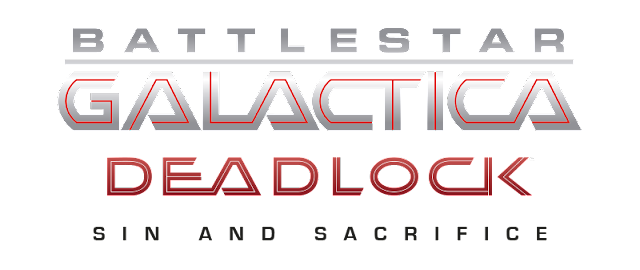

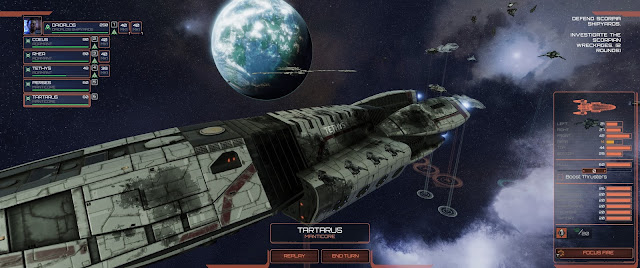
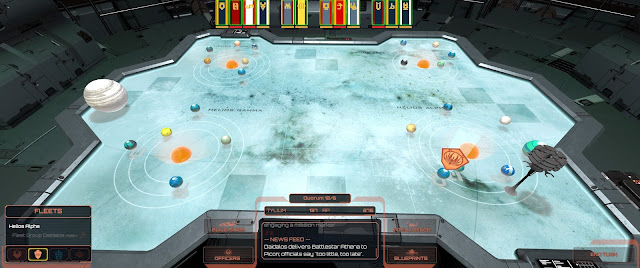
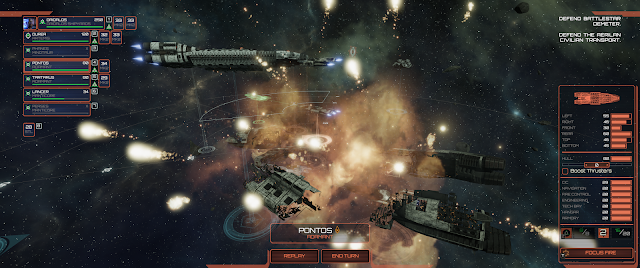







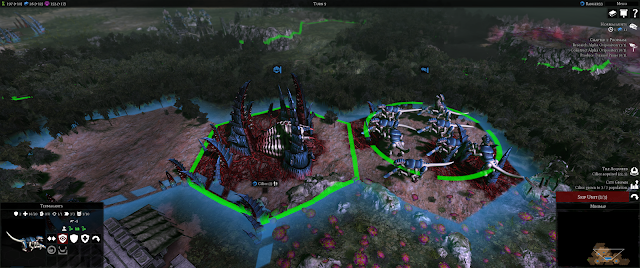






















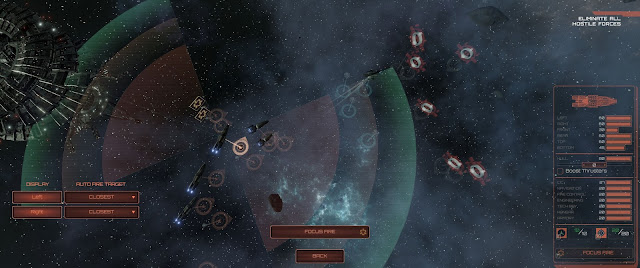













Follow Us